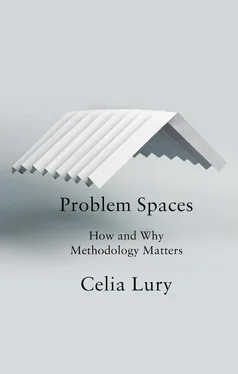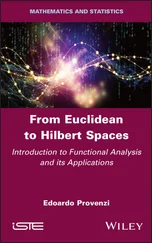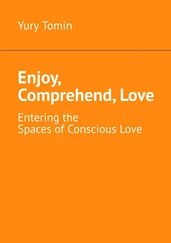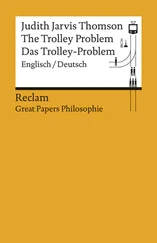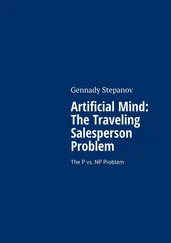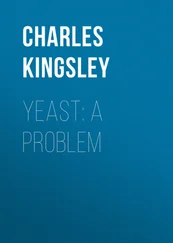The differences are of course revealing. Jullien uses potential and propensity more-or-less interchangeably, although the two terms are typically distinguished (in diverse ways) in Western philosophy. This interchangeability is related, it seems, to the ways in which Chinese cosmology allows for structure and change, statics and dynamics to be thought at the same time. ‘Translators’, Jullien observes ‘translate [ shi ] indifferently as “positions” or as “movements”. It is, however, precisely both at the same time’ (2004: 105). In calligraphy, he says, shi is the position of the brush, and the stroke, the movement of the brush. That much contemporary Western philosophy and social theory is concerned with the difficulties of how change and continuity may be thought at the same time – with relations between the possible and the real, the virtual and the actual, with whether, how and under what circumstances potential may be actualized, how potential is different from propensity and how both are to be distinguished from capacity – is, I suggest, a sign of both shared concerns in these approaches and continuing differences between Western and Chinese thought. 10
The fifth approach introduced here is that of the anthropologist Arjun Appadurai, who, in an early influential approach to the globalization of knowledge, described the complex scaling dynamics of the disjunctures and differences of global flows, including flows of ideas, people, technology, media and money (Appadurai 1990). In a later work (2013), he provides a set of terms that allows for the exploration of the specificity of different kinds of flows: 11this specificity arises, he says, from the inter-relationship of the circulation of forms with forms of circulation. The exemplars of forms he provides include novels and comics, but might also include problems, since they too are a ‘family of phenomena, including styles, techniques and genres, which can be inhabited by ‘specific voices, contents, messages and materials’ (2013: 66). He says:
The flow of these forms has affected major world-historical processes such as nationalism. Today, however, the flow of forms also affects the very nature of knowledge, as whole disciplines, techniques and ways of thinking move and transform in the process. (2013: 64)
His term ‘forms of circulation’ refers to kinds of movement or mobility, and thus draws attention to the properties of specific kinds of circulation, including scale, speed, and reach, and the organization of disjunctures of difference or internal differentiation. The methodological value of Appadurai’s focus on the inter-relationship of the circulation of forms and forms of circulation has been revealed in many studies of the social life or biography of things (for a discussion of this as a method see Kopytoff 1986; Lash and Lury 2007; Law, Ruppert and Savage 2011; Coleman 2019). Consider, for example, Susan Erikson’s study of new forms of philanthropic venture capitalism in global health (2015). By following the money, she shows how, in the form of its circulation, philanthropic money reveals different registers of value in global health. She says:
Asking “Who knows what?” and “What benefits whom?” opens up all manner of difference and differential stakes in well-being – financial and corporeal – and provides analytical traction on both new systems of advantage and recent intensifications of old systemic global inequalities. (2015: S307)
For a compositional methodology, a concern with the inter-relationship of forms of circulation and the circulation of forms provides a way to think about the capacity of what emerges in the use of methods to change or transform the problem in a process of generative circulation or generalization. It also provides a way to think about alterations in the epistemic infrastructure. Appadurai himself suggests that the twenty-first century is witnessing new tensions between circulating cultural forms and the emergent, partially culturally formed circuits associated with ‘the explosive growth in highly advanced tools for storing, sharing, and tracking information electronically both by the state and its opponents’ (2013: 62). He says: ‘This dual structure of global cultural forms also generates what we may call the ‘bumps’ or obstacles in regard to many cultural flows’ (2013: 64). Some of these bumps and obstacles will be discussed in later chapters.
This chapter has outlined five approaches to methodology, informing vastly different traditions of thought. Each provides an understanding of space that is not that of a fixed container; instead, each provides a way to think about how a problem is happening – is distributed – not in but across many places at a time and in many times at a place. 12The approaches introduced here are thus all of value to the development of the concept of problem space because they provide vocabularies by which to understand the form of problems as emerging in relations of continuity and transformation across a problem space.
Along with their understanding of the importance of relations across rather than in time and space, what also unites these authors – and makes them useful for an understanding of problem spaces – is that they link their understanding of method (if Jullien would allow the term) to more-or-less explicit understandings of potential. And in doing so, their understandings contribute to an understanding of methodological potential as constituted in the operation of limits with-in and out-with problem spaces. The importance of the necessity of the preservation of continuity and connection in a situation becoming a problem while establishing limits for generalization for Dewey, Simon’s insistence on the constitutive possibilities of contingency, the understanding of shi as potential or propensity in a situation described by Jullien, the non-isomorphic possibilities of splitting for the creation of knowledge identified by Haraway, Appadurai’s concern with the inter-relationship of the circulation of forms with forms of circulation all provide resources for a compositional methodology. However, while drawing on and departing from all five approaches, I end this chapter by emphasizing one aspect of Appadurai’s approach.
In the introduction, it was proposed that problem spaces should be seen in terms of the twisting of problems into processes of problematization. More precisely, it was suggested that the compulsion of composition could be understood as the articulation of a double force: the constitutive effects of methods and their capacity to contribute to a problem’s generative circulation. In the chapters that follow, I develop this claim by drawing on Appadurai’s account of the importance of the inter-relationship of the circulation of forms and forms of circulation. This relationship, I propose, is a way to understand the becoming topological of problem spaces to afford methodological potential. The crucial point that Appadurai’s analysis adds to an understanding of the methodological potential of a problem space is that not only do different kinds of problems have different capacities to make use of properties of circulation but also that different forms of circulation have different capacities to support the circulation of problems.
In the chapters that follow, recent changes in the epistemic infrastructure are described, with special attention paid to how such changes configure the compulsion of composition. The argument to be developed is that the properties of these new kinds of circulation are transforming topologies of knowledge, providing new opportunities for methodological invention and these topologies are, in turn (in the torque as it were) transforming forms of problem, shifting relations between knowledge, ignorance and power.
Читать дальше
